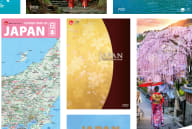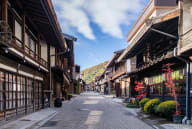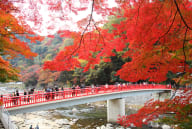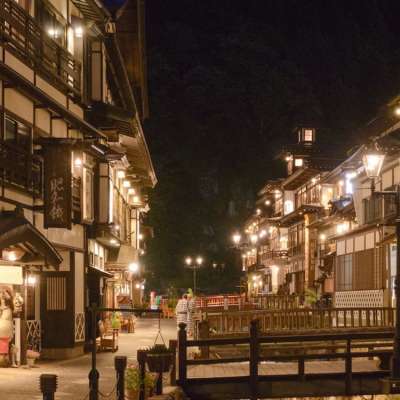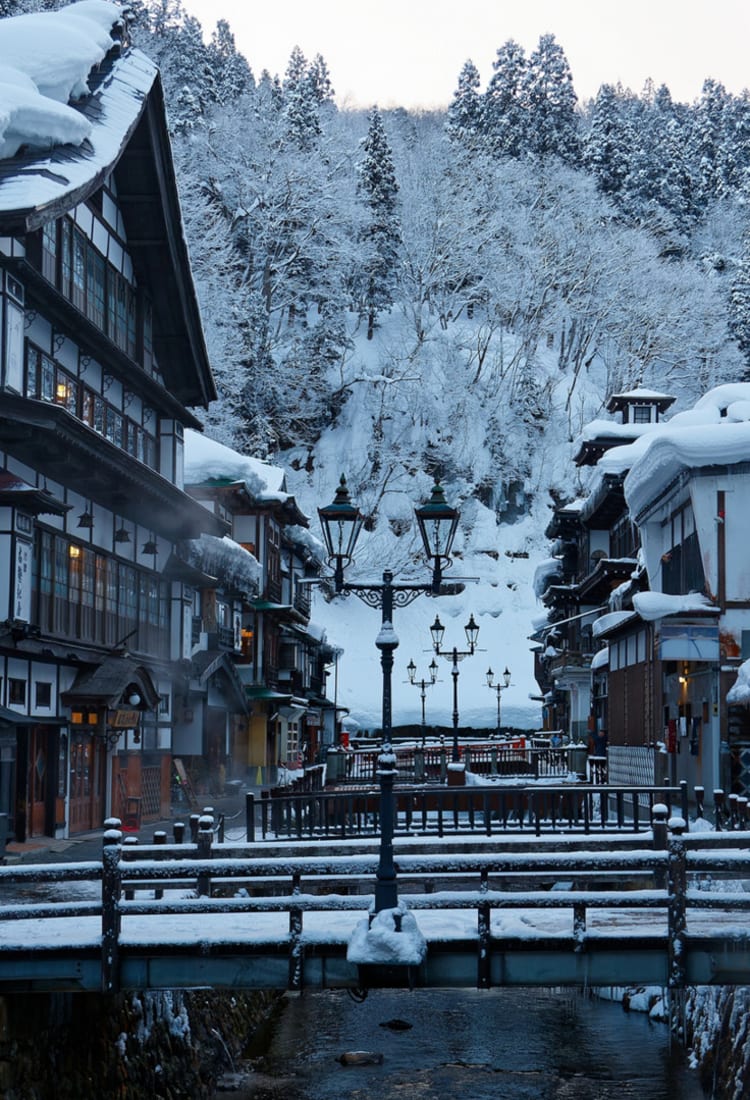
Yamagata Taste tradition in every harvest
A Culinary Journey in Yamagata
Yamagata Prefecture, situated in the heart of Tohoku, is a treasure trove of rich agriculture and natural beauty. The region boasts diverse topography, with lush valleys and rugged mountains, and is blessed with high-quality water, essential for producing top-tier crops. Its proximity to the Sea of Japan and surrounding mountains allows for harvesting a variety of ingredients from both land and sea.
Yamagata is renowned for its exquisite cherries, celebrated for their vibrant colour and juicy sweetness. Aside from cherries, the prefecture is home to other delicious fruits like pears and grapes, each with its own unique flavour. The region also prides itself on high-quality rice, grown with pristine water and fertile loam soil. Yonezawa beef, known for its marbled texture and melt-in-your-mouth tenderness, showcases the meticulous breeding practices of the area.
Yamagata perfectly blends culinary tradition and innovation. From savouring hot soba noodles to enjoying the sweetness of freshly picked fruit, Yamagata offers a gastronomic journey that delights the senses.
Explore the flavours of Yamagata, where every bite tells a story of passion, quality, and nature's bounty.
Yamagata Ramen

What it is
Yamagata Ramen doesn't adhere to a specific type; rather, it's a broad term encompassing locally-inspired ramen that highlights Yamagata's cherished ingredients and culinary traditions. This diversity results in a wide variety of styles of Yamagata ramen. While some associate it with authentic ramen noodles in a soy sauce-based broth, the flavour can vary significantly by region.
History/Origin
Yamagata Ramen has evolved over the years, with its origins rooted in around 1950 when ramen became popular across Japan. The region's cold climate influenced the development of hearty, warming ramen dishes that provide comfort during the winter months. Yamagata City, the prefectural capital, boasts the highest consumption of ramen per household in Japan, reflecting the deep-rooted love and appreciation for ramen among locals, and marking it as an integral part of the city's culinary identity.
Where to Eat
Enjoy Yamagata Ramen at numerous ramen shops and restaurants across Yamagata Prefecture. Cities like Yamagata, Sakata, and Tsuruoka are known for their ramen culture, offering a wide array of styles and tastes. Notable local variations include Sakata Ramen, featuring a light soy sauce broth, and Tendo Ramen, known for its thick, wavy noodles and rich miso broth.
When to Eat
Yamagata Ramen is delightful year-round, and is especially comforting during colder months when its warm, hearty broth provides solace. It's also a fixture at local festivals and events, where ramen stalls draw both locals and visitors eager to relish this regional specialty.
Savour the diverse and delicious flavours of Yamagata Ramen, and experience the culinary creativity and traditions of Yamagata through this beloved noodle dish.
Imoni (Taro soup)

What it is (ingredients)
Imoni is a traditional soup dish from Yamagata, featuring taro (known locally as "imo") as the main ingredient. This hearty dish typically includes chunks of taro simmered with pork or beef, along with other vegetables like carrots, onions or konjac. The broth is seasoned with soy sauce and often includes a touch of miso for added depth of flavour. Imoni is renowned for its earthy taste and comforting aroma, making it a popular choice during autumn gatherings and festivals.
History/Origin
Imoni has deep roots in Yamagata's culinary traditions, dating back to the Edo period when it was enjoyed by samurai and local residents alike. Originally a simple stew made with wild vegetables and game, it evolved into a celebrated regional dish as ingredients became more accessible. Today, Imoni is cherished as a symbol of community and tradition, often prepared in large pots over an open flame during social gatherings.
Where to Eat
You can experience Imoni at local festivals, community events, and restaurants throughout Yamagata Prefecture, especially during the annual Imoni-kai (Imoni festivals) held in various towns and cities. These events offer an opportunity to taste different variations of this beloved dish, prepared with local ingredients and traditional techniques.
When to Eat
Imoni is typically enjoyed in autumn, particularly during September and October when taro is in season and local communities gather for harvest celebrations. Its warm, hearty nature makes it ideal for cooler weather, providing nourishment and comfort to participants at outdoor gatherings and events.
Immerse yourself in the rich flavours and cultural heritage of Yamagata with a bowl of Imoni, a traditional taro soup that embodies the spirit of community and seasonal bounty.


















































